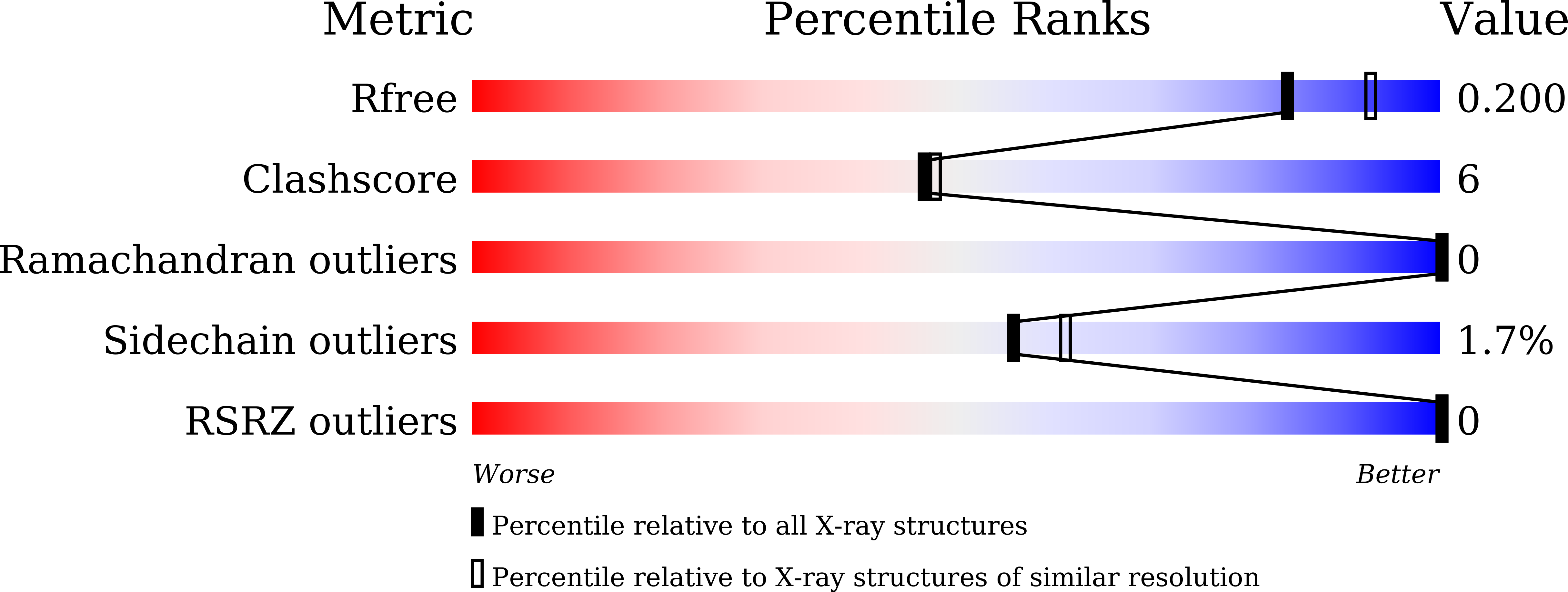
Deposition Date
2024-08-05
Release Date
2024-12-25
Last Version Date
2025-02-19
Entry Detail
PDB ID:
9J1V
Keywords:
Title:
ESTS1 phthalate ester degrading esterase from Sulfobacillus acidophilus in complex with Monomethyl phthalate
Biological Source:
Source Organism:
Sulfobacillus acidophilus DSM 10332 (Taxon ID: 679936)
Host Organism:
Method Details:
Experimental Method:
Resolution:
2.00 Å
R-Value Free:
0.20
R-Value Work:
0.10
Space Group:
P 63


